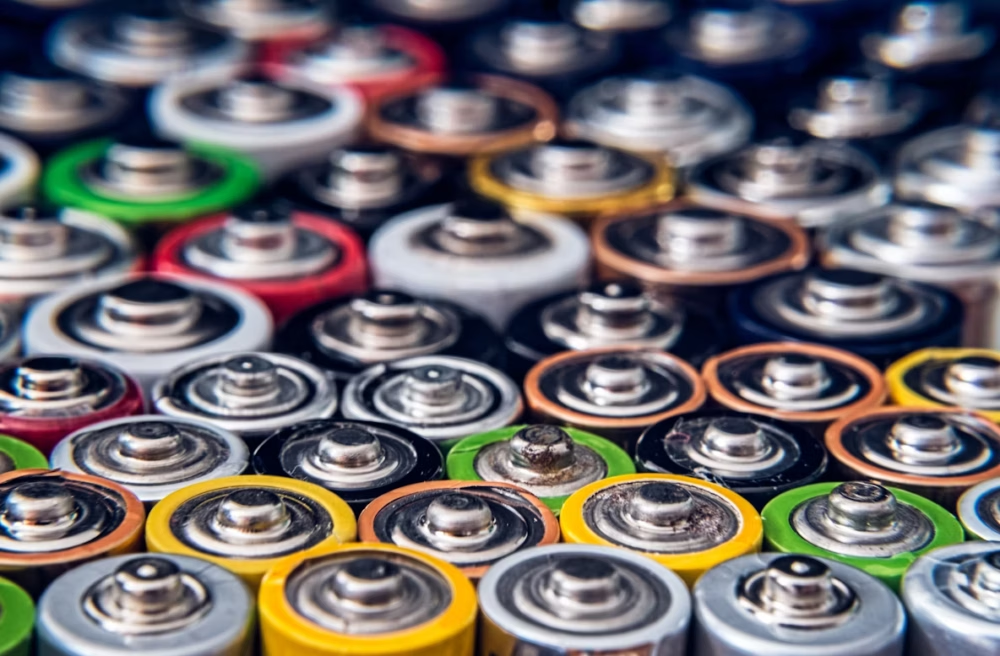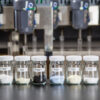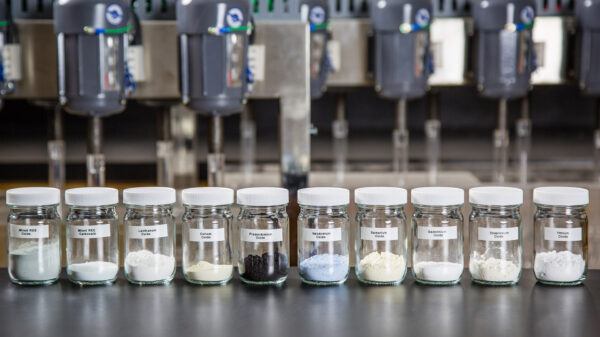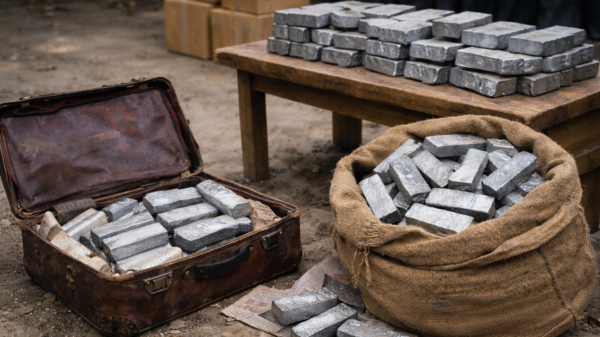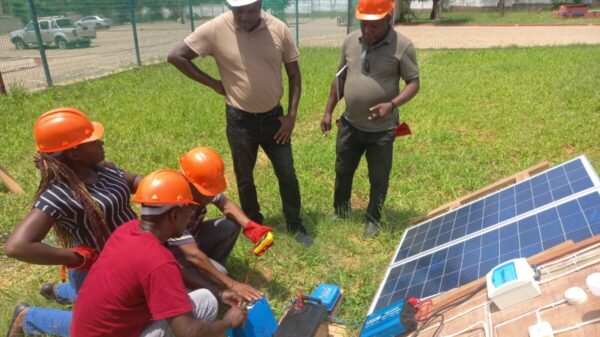Chinese researchers have made a major leap forward in terms of secure energy storage.
Announced on Monday, researchers from the Tsinghua Shenzhen International Graduate School and the Shenzhen Institute of Advanced Technology, have developed a predictive model that can tell when a lithium metal battery is going to fail before it activates.
This innovation promises to significantly boost the reliability, efficiency, and safety of next generation lithium metal batteries (LMBs). Unlike lithium ion batteries, LMBs offer much higher energy density, making them a prime candidate for future energy storage needs.
The team created a model that identifies early stage failure indicators, known as “electrochemical fingerprints.” These fingerprints emerge during the initial cycles of a battery’s operation and offer critical insights into potential degradation patterns. Accordingly, researchers can detect issues long before full scale battery deployment, preventing catastrophic failure.
Traditionally, battery degradation studies required lengthy testing. Engineers had to analyze failure only after damage occurred. However, this model uses data from the battery’s own early cycles, removing the need for teardown or invasive testing.
In addition, it eliminates weeks of trial and error, allowing for faster development and testing of new battery formulations. This efficiency reduces both time and costs, streamlining research efforts across academic and commercial labs.
The predictive system relies on machine learning and large datasets. By training on a wide range of cycling data, the model can classify three main failure types: kinetics degradation failure, reversibility degradation failure, and co-degradation failure.
Further, the model demonstrates versatility by working across a broad spectrum of electrolyte types, including both low and high concentration formulations.
Read more: Codelco and SQM get regulatory approval for lithium joint venture in Chile
Read more: Environment nonprofits go after Hell’s Kitchen Lithium Project in Salton Sea
Enhanced understanding leads to longer lasting batteries
The model draws only from natural cycling data and therefore integrates easily into existing testing workflows. This gives researchers real time insights without additional hardware or procedural steps.
Beyond efficiency, the model offers deeper understanding of solid electrolyte interphase (SEI) formation and lithium morphology, which are two major contributors to battery performance. By tying specific electrochemical behaviours to structural and chemical changes, the system pinpoints why and how failures occur.
For example, poor SEI formation can lead to ineffective lithium plating, reducing a battery’s capacity and life. Meanwhile, flawed lithium deposition can cause dendrite formation, which may trigger short circuits or thermal events.
Also noteworthy is the model’s potential to aid in electrolyte optimization. Since electrolyte behavior heavily influences both SEI stability and lithium deposition, rapid testing tools like this one can dramatically speed up electrolyte innovation.
In turn, this helps create safer, longer lasting batteries suited for electric vehicles, grid storage, and mobile electronics.
Conversely, traditional approaches would require weeks or months to gather comparable insights, slowing down progress and increasing costs. This new system marks a shift from reactive to proactive battery development, offering faster iteration and higher confidence in emerging battery chemistries.
The research has already been validated through lab experiments and simulations. These results strengthen confidence in the model’s reliability and real world applicability. Further, by reducing reliance on post mortem analysis, researchers can now prevent failures rather than study them after the fact.
Read more: Lithium Americas pulls in $250M in third party funding for Thacker Pass in Nevada
Read more: ExxonMobil and LG Chem agree to lithium offtake agreement
A lithium ion battery can fail violently
The implications extend beyond technical innovation. With global energy demand climbing and sustainability a pressing concern, improving battery technology is crucial. Efficient, high capacity energy storage can accelerate the adoption of renewable energy, reduce grid strain, and improve electric vehicle range. In addition, fewer battery failures mean safer and more sustainable energy systems.
Lithium ion batteries pose serious risks due to their tendency to overheat and enter thermal runaway. This phenomenon occurs when excessive heat triggers a chain reaction, causing the battery to ignite or explode. Furthermore, once thermal runaway begins, it becomes extremely difficult to stop, often requiring specialized suppression systems.
A recent fire in Surrey, British Columbia in June of 2025 was linked to improperly stored e-bikes, which run on lithium ion battery packs.
Lithium ion cells store a high amount of energy in a compact space. However, if punctured, overcharged, or exposed to extreme heat, they may fail violently. Also, defective batteries or poor manufacturing can increase the risk of internal short circuits.
Battery fires not only endanger property and lives, but also complicate recycling and disposal. Thermal runaway can jump from cell to cell, making containment difficult. As battery technology advances, manufacturers and regulators must also develop better safety protocols. Stronger design standards, improved monitoring systems, and public awareness will be key to minimizing these growing risks.
.

